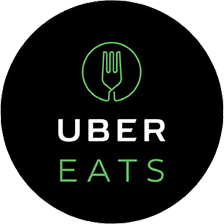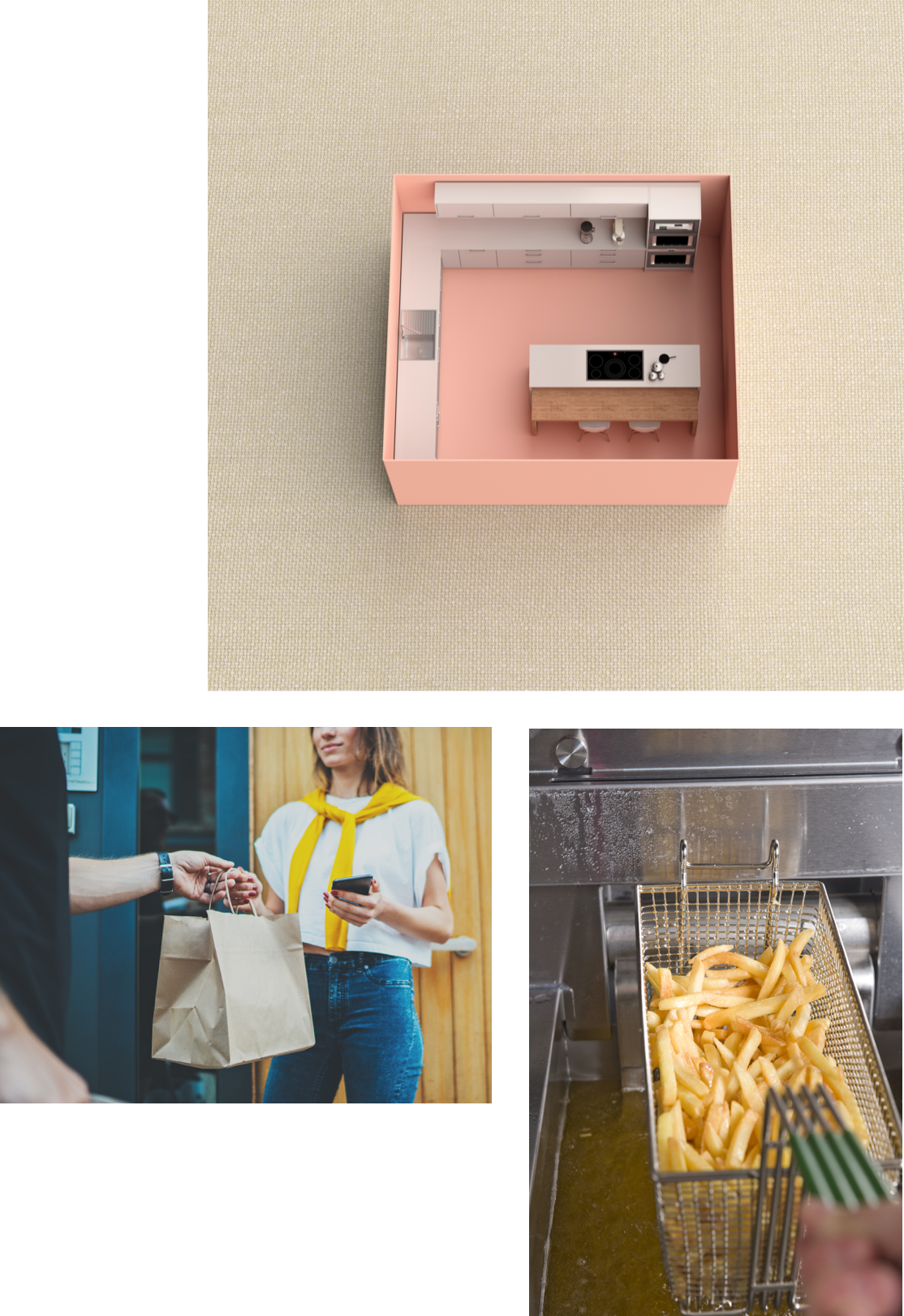Delivery + ghost kitchens: Dining in the digital age
You might not have seen a ghost kitchen, but it is very likely that you have eaten from one. In the past few years, delivery services have led the charge in using data to identify opportunities within the market for virtual restaurants.
For example, in the U.S., UberEats has helped start 4,000 virtual restaurants since 2017, all of which are exclusive to its Uber Eats app. In Europe and around the world, Deliveroo Editions, collective kitchens that host multiple hand-picked restaurants across a variety of cuisines, now have dozens of locations.
Of course, some QSRs are opting to so solo. Chick-Fil-A, The Halal Guys and Dog Haus are among top brands that have opened ghost kitchens in the U.S.—proving that there’s more than one way to tap into this exciting model.
Looking to the future, the shift to delivery is only likely to intensify as younger consumers vastly prefer staying in. About six in ten restaurant orders from millennials (59 percent) are takeout or delivery. Compounding matters, this segment is notoriously impatient, with brands having mere seconds to get their attention. Add to this millennials’ weak sense of brand loyalty and QSRs have a tall order indeed.
The takeaway (pun intended)? Delivery is a core part of almost every restaurant business… and they need to get the order right the first time.












